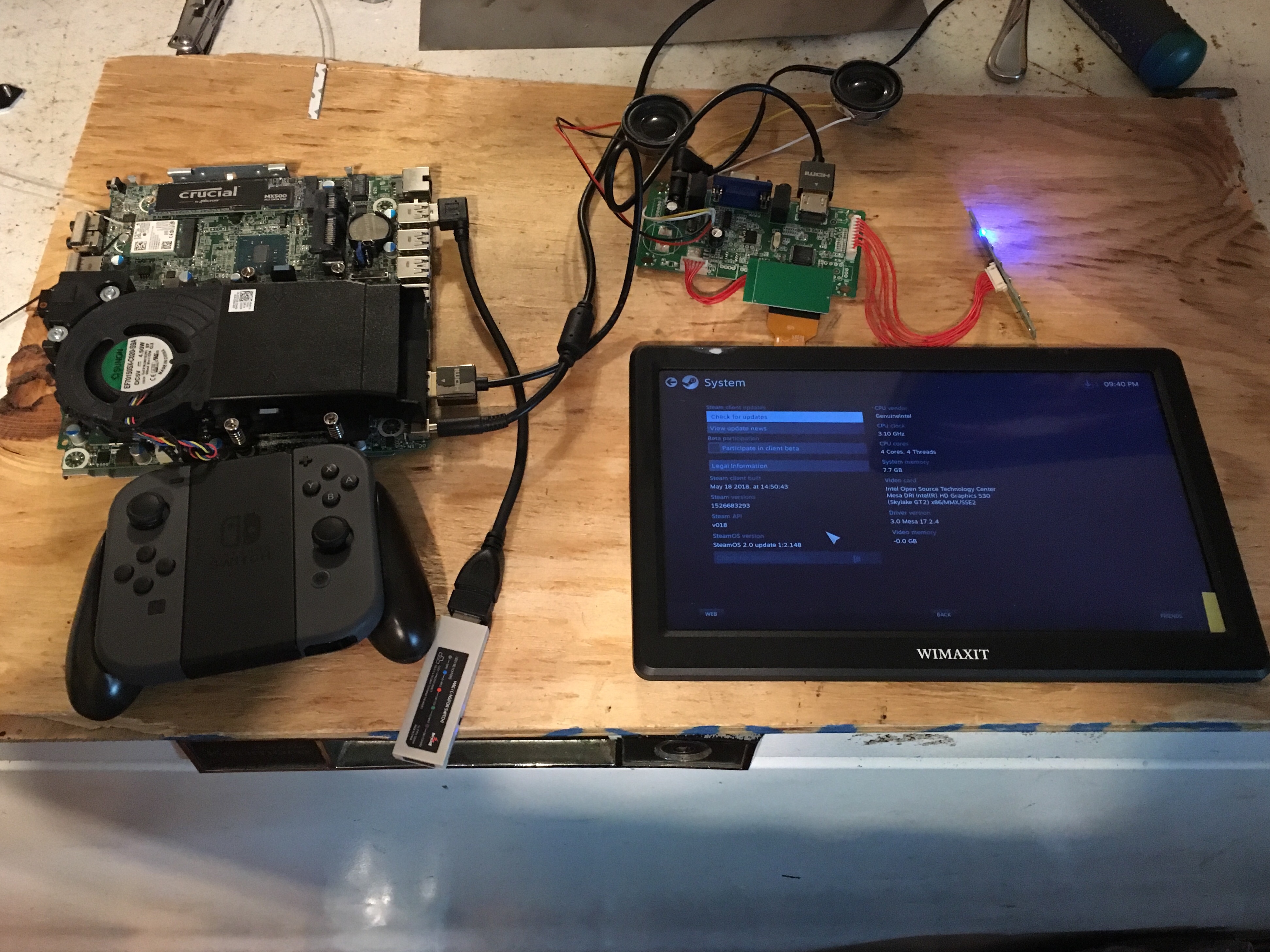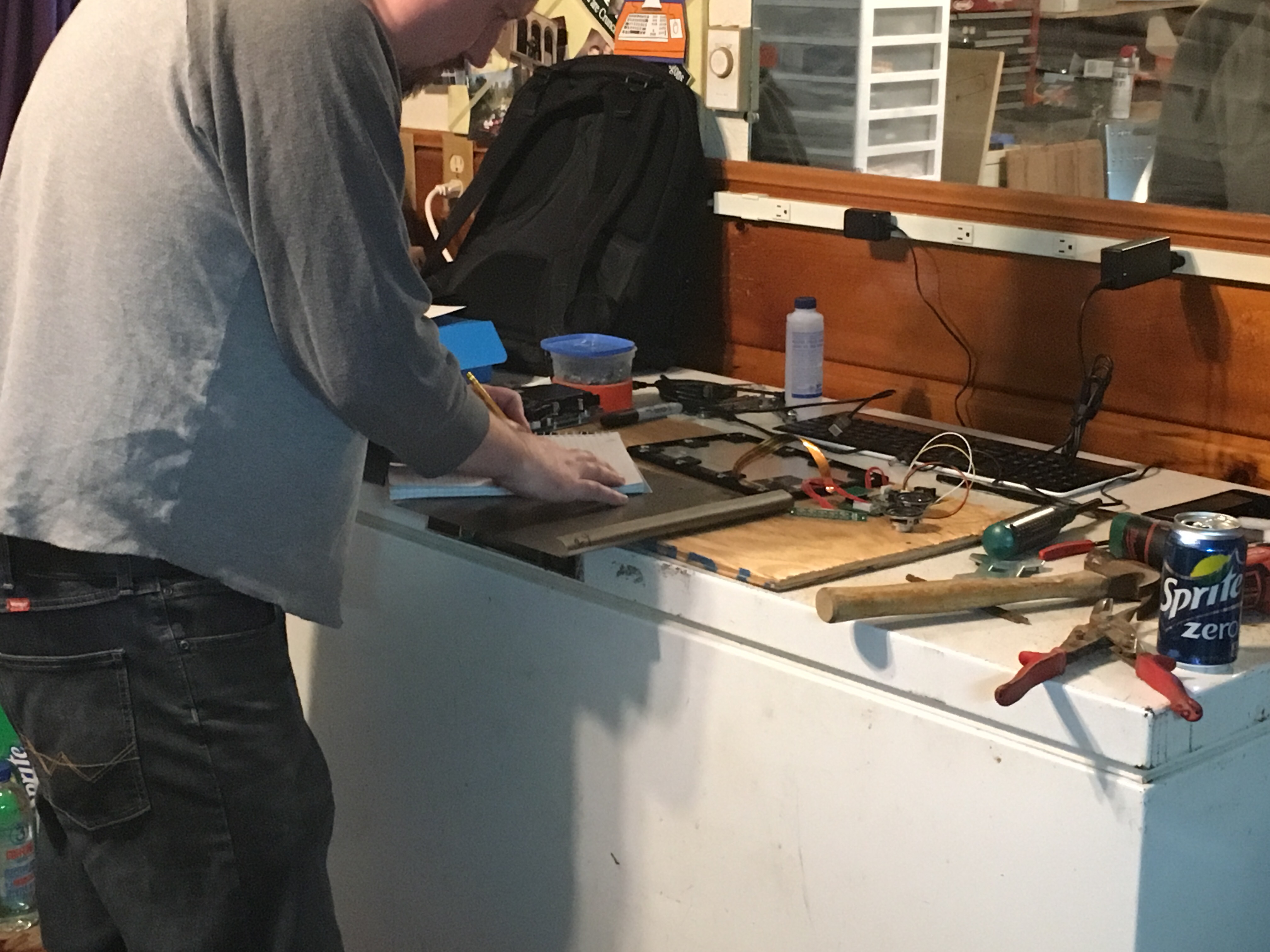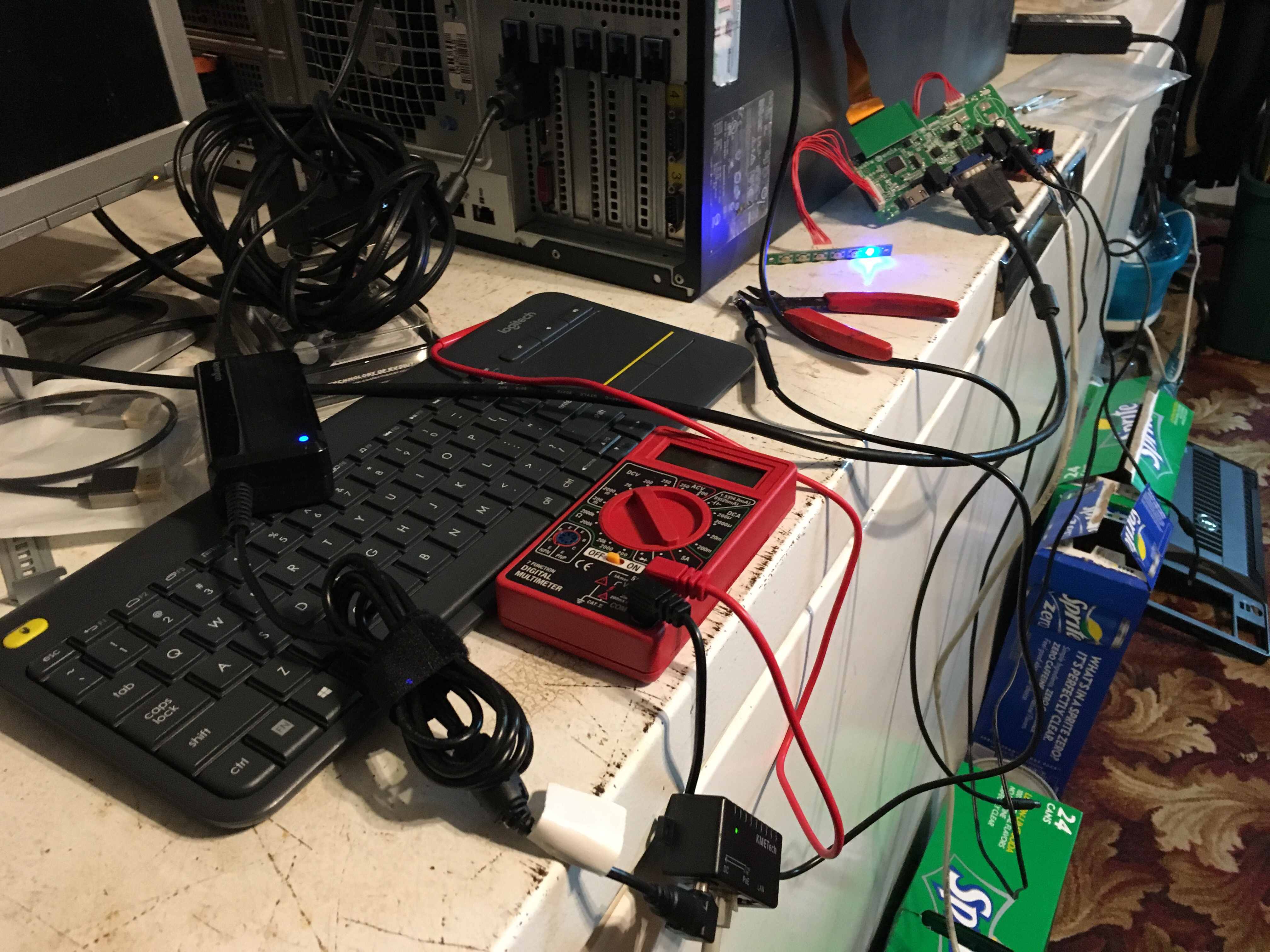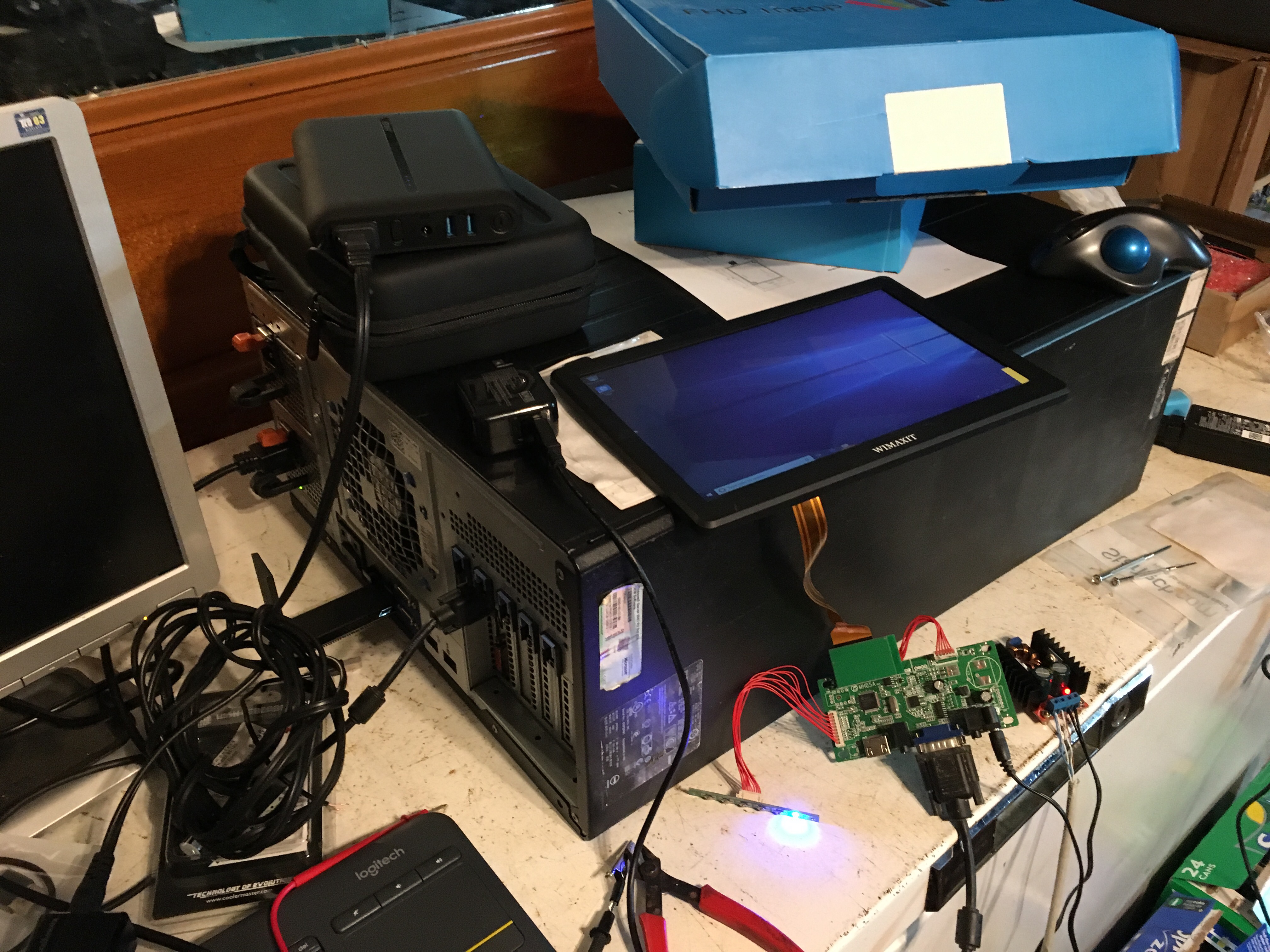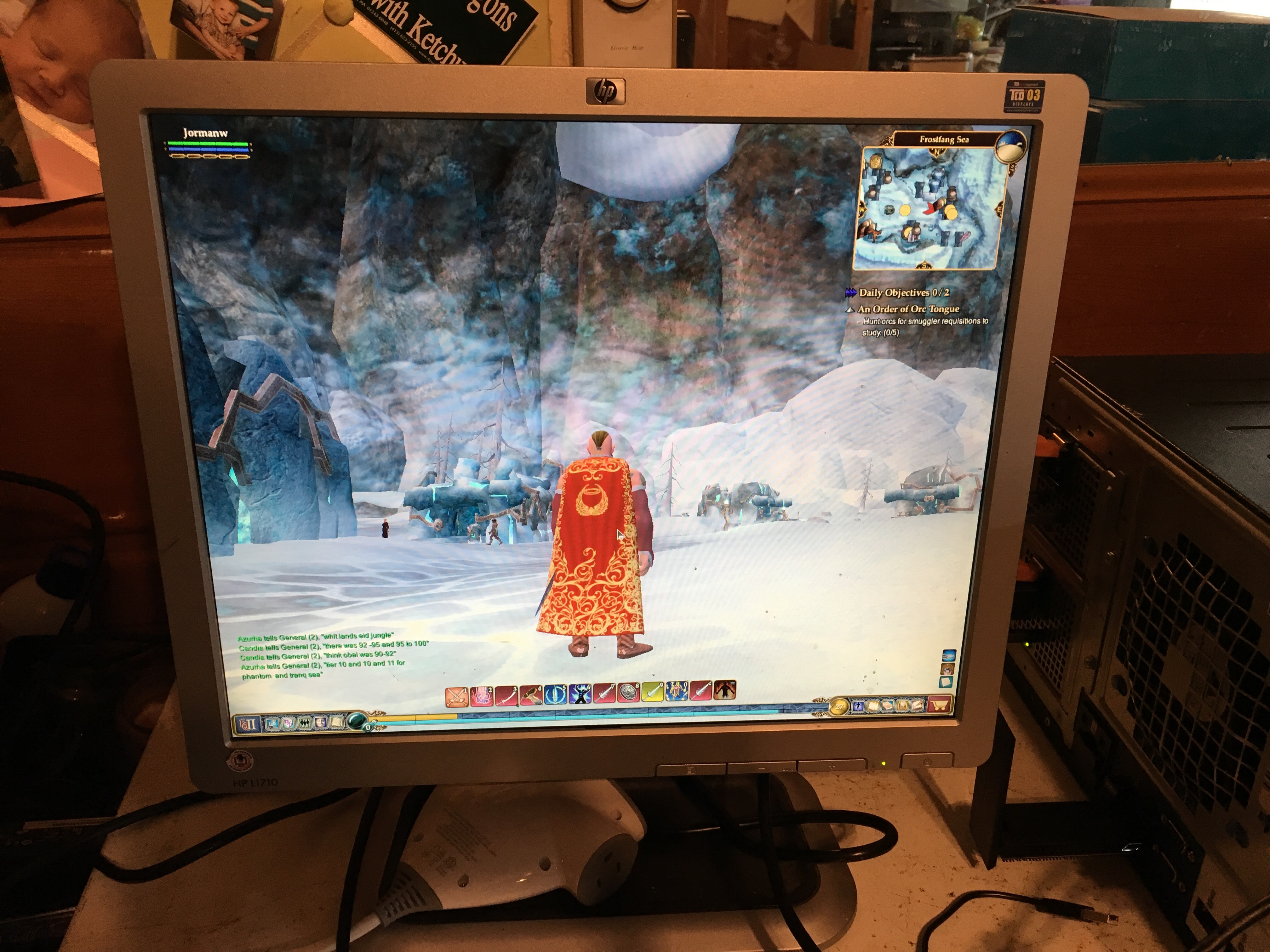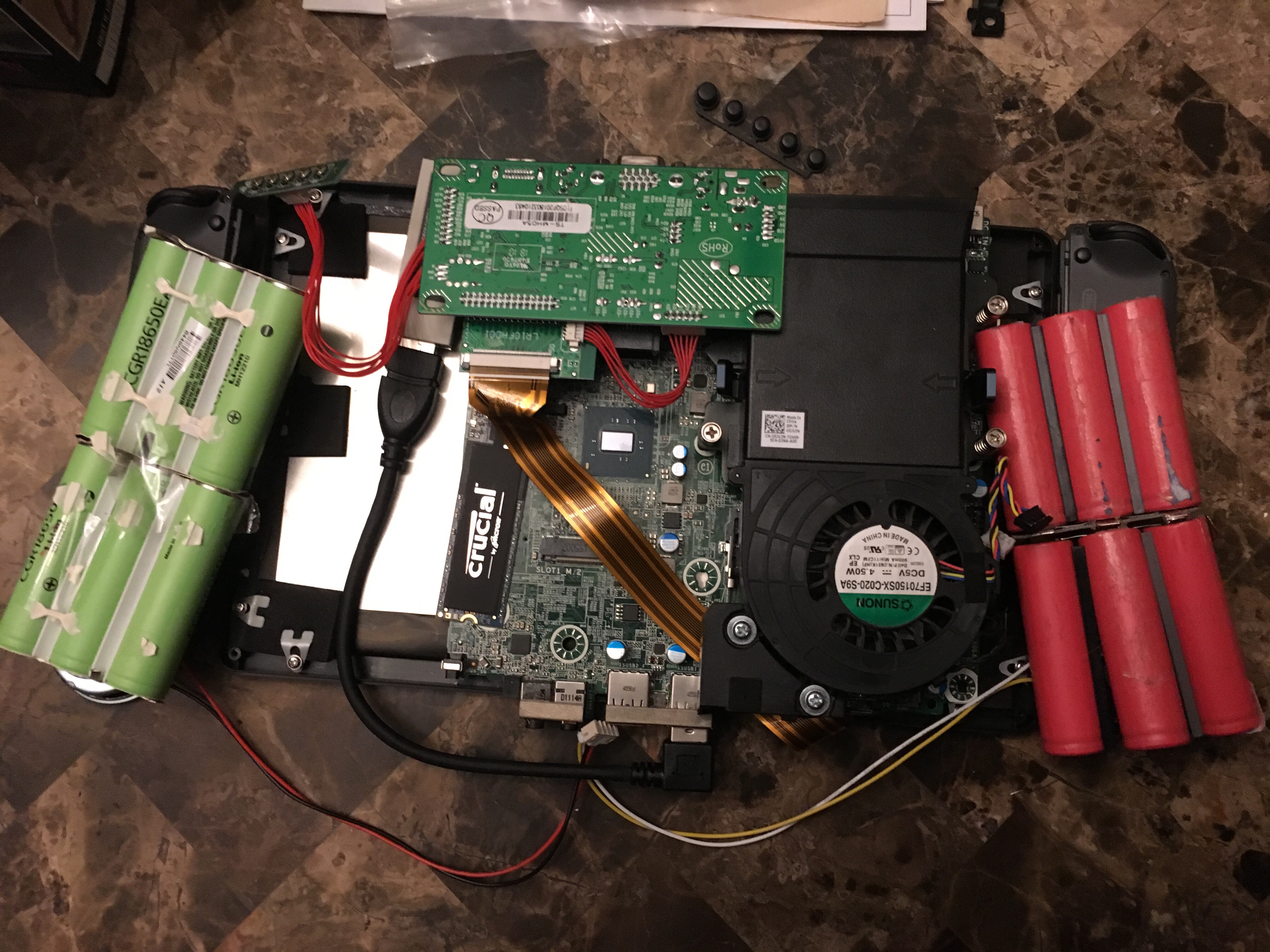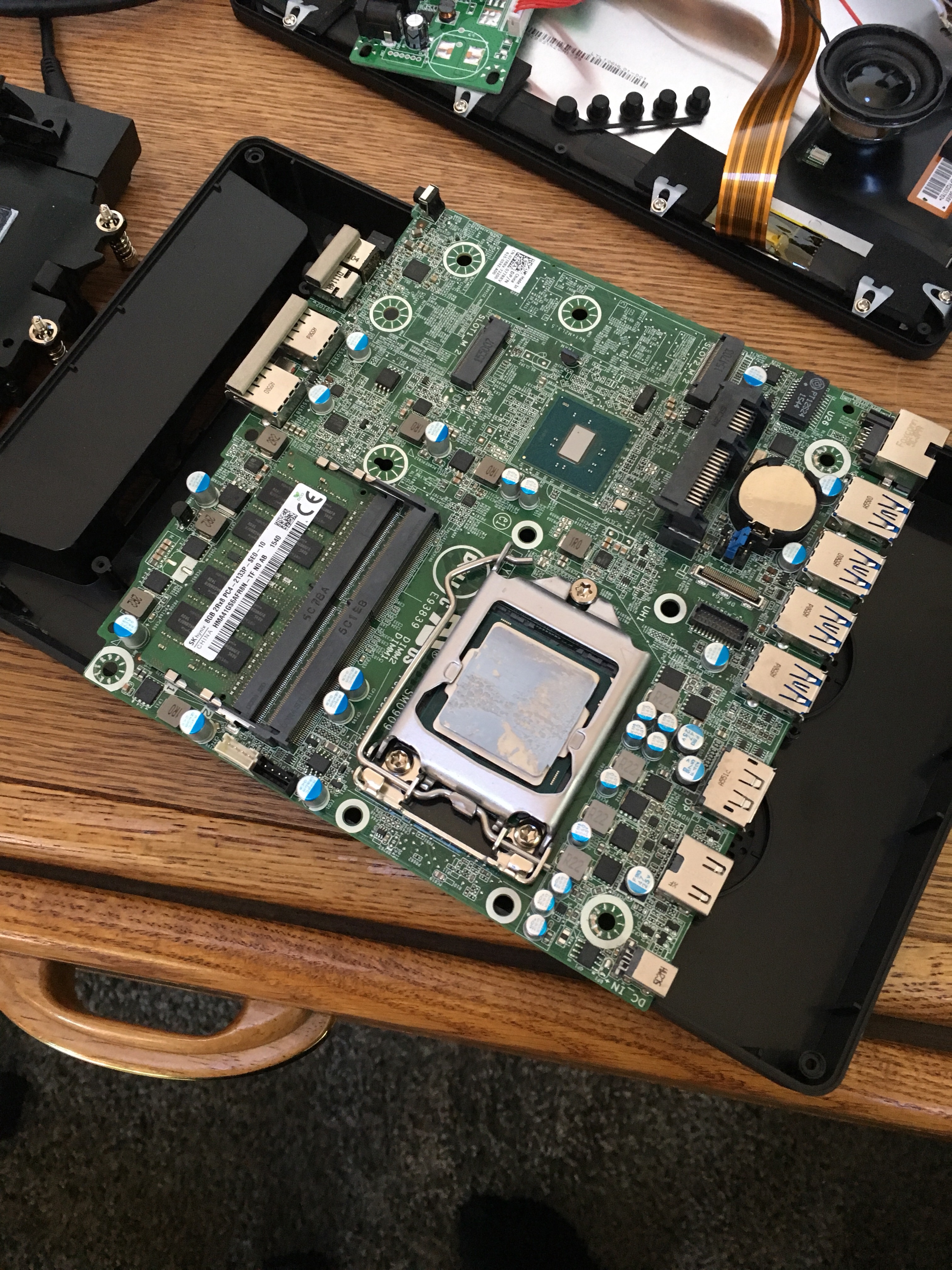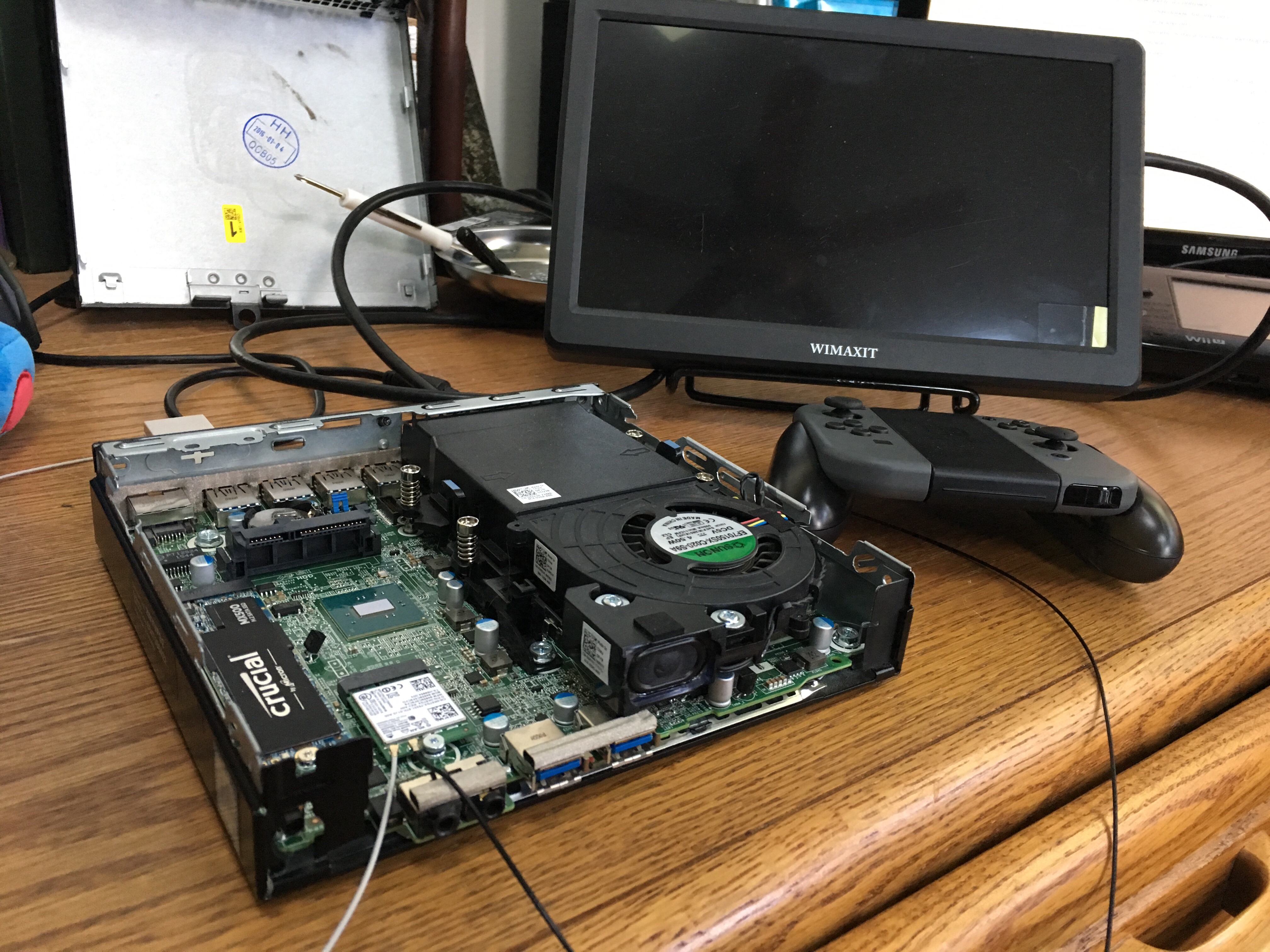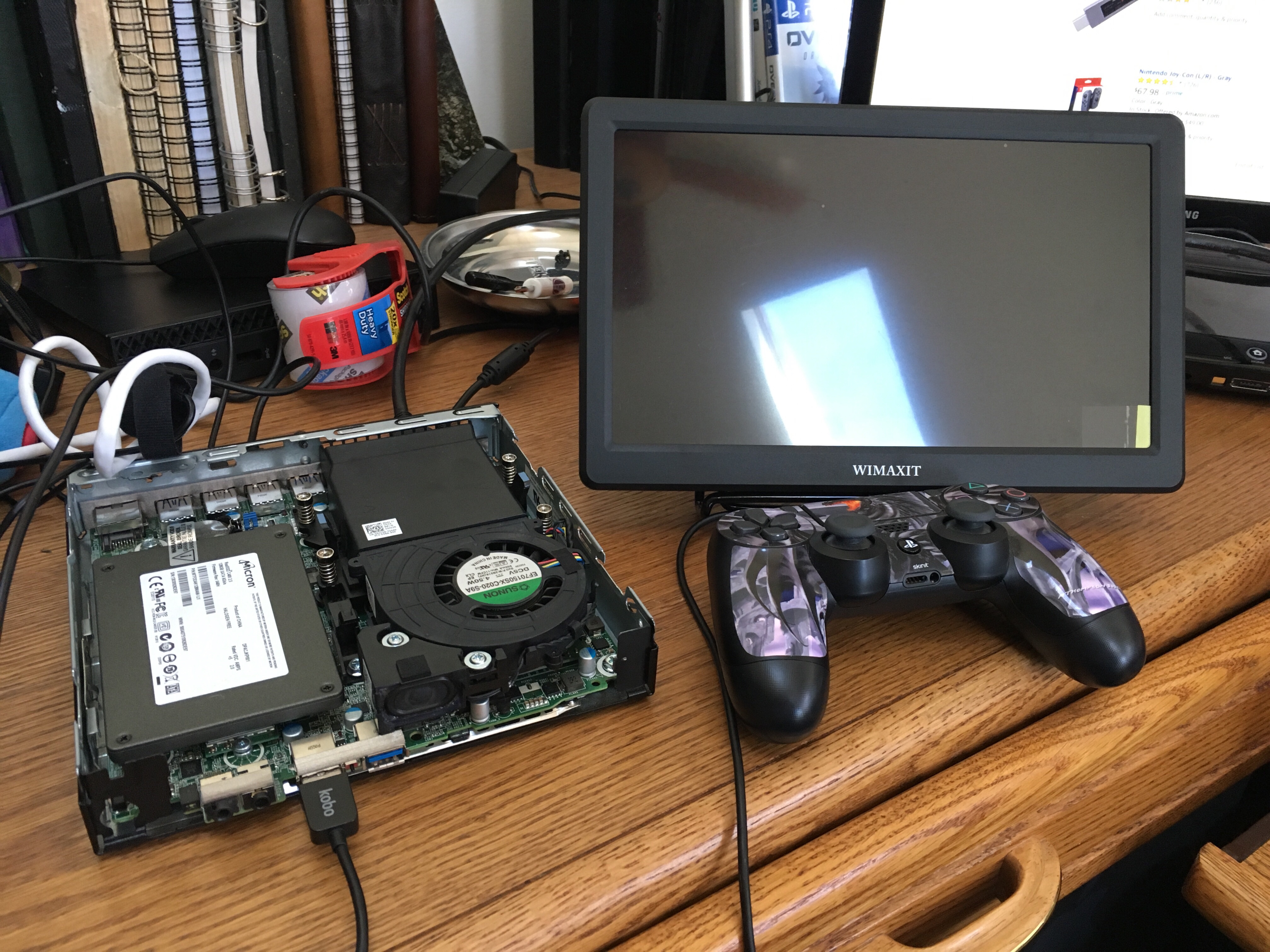It’s a good feeling when your ideas are validated by companies taking a chance and investing in them. It’s probably a better feeling when the company in question doesn’t come up with the idea on their own, without you, but I’ll take what I can get.
An unexpected conclusion to the handheld Steam Box project has come in the form of Valve’s very own Steam Deck.
Previous posts on the project:
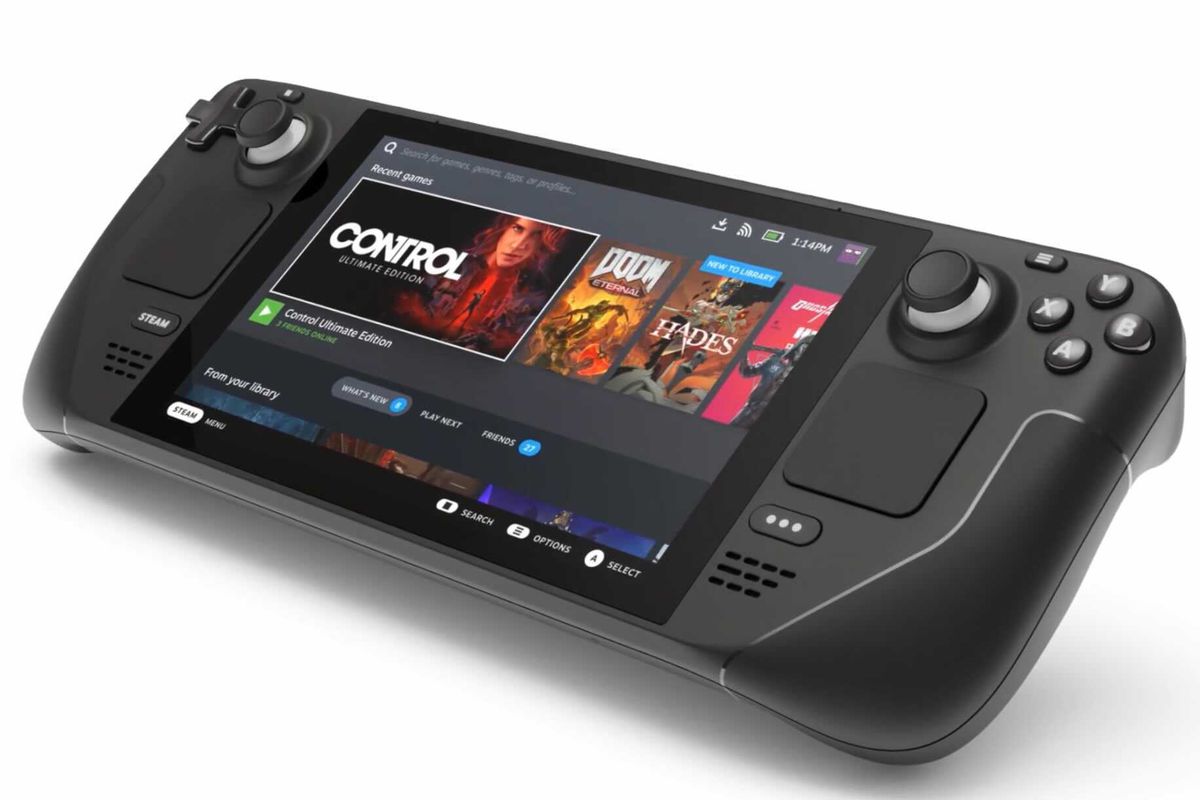
- New project!
- Building the foundation
- Peripherals are exciting!
- Small is better than large.
- Off by THIS much!
- Long-awaited update
- Pieces and parts
- Nerding in parallel
- Giving Up and Making Progress
The project had been on pause since I’d moved to Detroit, nearly two years ago. My friend had solved the problem of powering the screen off of the computer’s USB power/charging port, which was a huge step forwards.
We’d yet to fashion a case, but we were planning on leaving this iteration corded for power, and tackle a battery in version two. Along with portability, we were planning to add a modern processor and motherboard, as well as a touch screen.
Valve has tackled all of these issues (custom AMD processor!), as well as adding one touch pad on each side of the unit, underneath the analog sticks. They say that it will enable thumb typing, as well as precise mouse pointer control for games that need it. (Stellaris?) I wasn’t so keen on the Steam Controller‘s implementation, but I have high hopes for this device.
Am I upset that Valve beat me to it? Not in the least. I wanted portable PC gaming on Linux to be An Actual Thing in the Real World, and that’s what’s happening. They’ve moved SteamOS from Debian to Arch, but it’s still Linux, baby. Valve’s Proton project is actually commercially viable. Take that, haters!
I’m confident enough that I’ve dropped $5 USD to reserve a unit, and I’m smart enough to have waited to push that button until my unit would ship months after release, ensuring some bug fixes will have already rolled out. Now I just need to wait.

